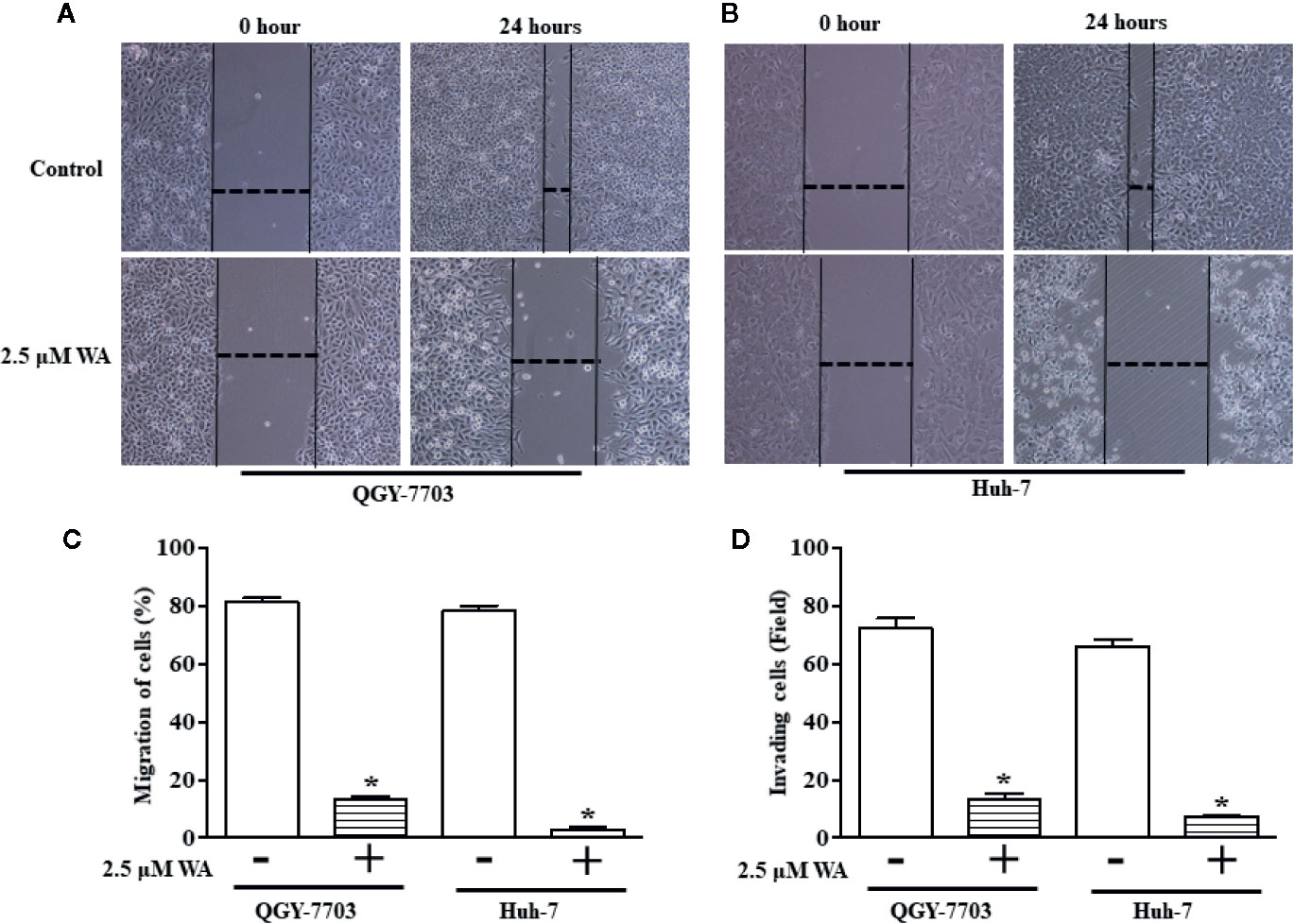

Disruption of biofilm architecture to expose cells and increase the efficacy of antimicrobial drugs is a potential approach to tackle device-related infections, and therefore is an important aspect to consider 13. Understanding 3D structure is important because extracellular polymeric substances (EPS) can contribute to antimicrobial resistance properties of biofilms by impeding transport of some antibiotics 11, 12. Furthermore, neither CFU-plating nor crystal violet staining allow for detailed visualisation of biofilm architecture. Whilst these traditional methods have their applications and advantages, a move towards more direct quantitative analyses of biofilms that reduce operator variability is recommended.
IMAGEJ COLONY COUNTING SERIAL
Traditionally in microbiology, analysis of biofilms is performed through serial dilution of a culture to count the number of colony-forming units (CFUs), or alternatively using crystal violet stain along with spectrophotometry 6, 7, 8, 9, 10. To investigate the effect of novel antimicrobials and surface functionalisation, quantification of biofilm development and viability following such treatment is essential. It is therefore vital to consider these complex structures when evaluating antimicrobial activity in the development of functional biomaterials and new antibacterial approaches to tackle device-related infections. Furthermore, there is also an increased concern regarding the presence and spread of antimicrobial-resistant strains in biofilms 5. Device-related infections are particularly difficult to eradicate and often result in the need for restorative surgeries 4. Biofilms account for up to 80% of implant-related infections as, unintentionally, medical implants provide excellent surfaces for formation of these 3D bacterial communities 3. Compared with planktonic bacteria, those present in biofilms can survive harsher environments and demonstrate increased resistance to antimicrobials 2. This approach will ensure image analysis is an accessible option for those in the microbiology and biomaterials field, improve current detection approaches and ultimately support the development of novel strategies for preventing biofilm formation by ensuring comparability across studies.īiofilms are defined as ‘aggregates of microorganisms in which cells are embedded in a self-produced matrix of extracellular substances that are adherent to a surface' 1. Furthermore, application to translational case studies show the automated method is a reliable measurement of biomass and cell viability. Validation experiments demonstrate the automated analysis is robust and accurate across a range of bacterial species and an improvement on traditional microbiological analysis.

Furthermore, the simplicity of the method enables the user to adapt it for their bespoke needs.

This protocol has been created with ease of use and accessibility in mind, to enable researchers who do not specialise in computational techniques to be confident in applying these methods to analyse biofilm micrographs. We also demonstrate its use for a range of bacterial species and translational applications. In this study, we report the development of an image analysis approach to repeatably quantify biofilm viability and surface coverage. However, there is little consensus on the appropriate methodology to apply in confocal micrograph processing. In combination with a live/dead stain, it can be used to quantify biofilm viability on both transparent and opaque surfaces. Confocal laser scanning microscopy (CLSM) is a high-resolution technique that allows 3D visualisation of biofilm architecture. These are laborious, resource intensive techniques, more susceptible to human error.
IMAGEJ COLONY COUNTING MANUAL
Quantifying biofilm formation on surfaces is challenging because traditional microbiological methods, such as total colony-forming units (CFUs), often rely on manual counting.


 0 kommentar(er)
0 kommentar(er)
